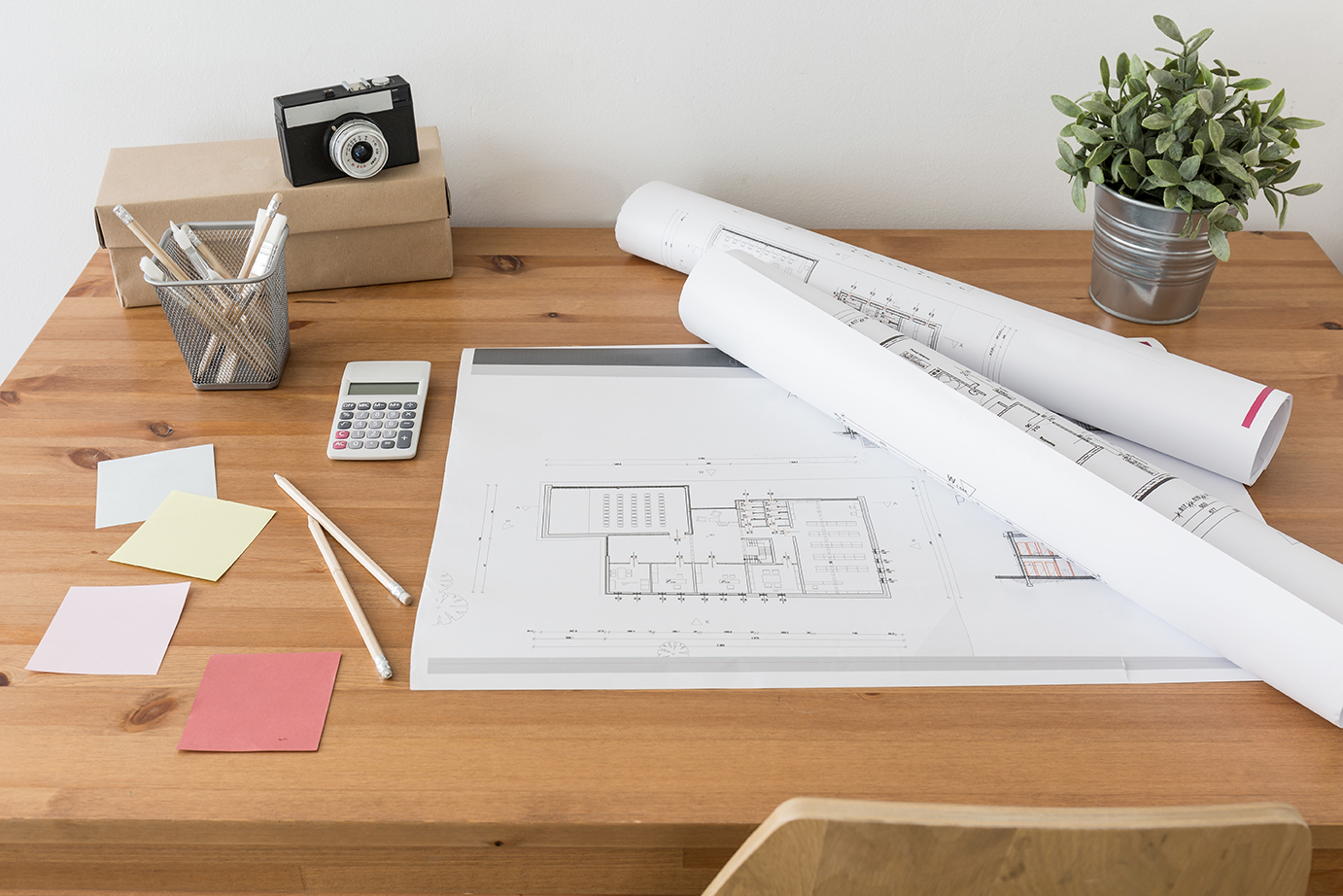When people picture an architect at work, they often imagine someone hunched over a drafting table in a downtown studio, pencil in hand. But today, that image is being redefined. Thanks to remote work technology, highly skilled architects from around the world are helping U.S. homeowners and firms bring their dream homes to life.
This shift is happening while demand for architectural services continues to rise. According to Grand View Research, the U.S. architectural services market is projected to grow at a compound annual rate of 4.2% through 2030, up from an estimated $73 billion in 2023.
This isn’t a trend of the future—it’s happening now. And it’s transforming how architecture and engineering firms design, collaborate, and build.
A Growing Demand for Residential Design

The U.S. housing market remains strong, with demand continuing to outpace the availability of skilled architects—especially those who specialize in residential design. Many firms are struggling to keep up with client demands for faster design cycles, sustainable materials, and smart-home integrations.
That’s where remote architects step in.
These professionals are just as qualified as their in-house counterparts, but they offer flexibility and cost efficiency that traditional teams can’t always match. With the right tools and workflows in place, remote architects can be an integral part of the project from initial sketches to final 3D renderings.
How Remote Architects Help Design U.S. Dream Homes
Remote architects aren’t freelancers dropping into a project for a day or two—they’re dedicated, collaborative professionals who operate as extensions of your in-house team. Here’s how the process typically works:
1. Seamless Communication
Remote architects work across tools like Zoom, Slack, Trello, and cloud-based CAD and BIM platforms. They join meetings, send regular updates, and keep workflows transparent—so everyone stays on the same page.
2. Time Zone Advantage
If you’re in New York and your architect is in the Philippines, you can assign tasks before logging off and wake up to a completed set of revisions. That “overnight progress” effect means faster project timelines without exhausting your in-house staff. And for projects that require real-time collaboration, many remote architects are also available to work U.S. time zones—ensuring seamless communication and support during your regular business hours.
3. Expertise On-Demand
Need someone skilled in Revit? Or an expert in sustainable design principles for your next LEED-certified build? Remote staffing partners like BizForce connect U.S. firms with architects who have exactly the right experience—ready to contribute from day one.
Real Projects, Real Impact
Let’s take a real-world scenario. Imagine a growing design-build firm in Texas that’s booked solid for the next six months. They have three new residential projects, but their lead designer can no longer cater them. Hiring locally will take months, and freelance help feels risky.
Instead, they tap into a remote architect from BizForce who’s been vetted for U.S. code familiarity and Revit proficiency. The new team member will be integrated into the firm’s design platform, contributing to floor plans, renderings, and client revisions.
The result? Deadlines are met. The quality is consistent. And the firm doesn’t miss out on revenue due to bottlenecks.
Designing Dream Homes, From Afar

Remote architects can do more than just drafting—they bring creativity and global insight to the table. Here are just a few areas where they shine:
Schematic Design
Early-phase sketches, concept visuals, and layout options help clients get excited—and make faster decisions. Remote architects can quickly turn around ideas based on a client brief, zoning data, and site info.
3D Visualization
From photorealistic renders to walkthrough animations, today’s remote architects often come equipped with visualization skills that wow clients and close deals.
Construction Documentation
Producing accurate, code-compliant construction documents is one of the most time-consuming parts of the process. With clear direction and collaboration tools, remote architects can take on these tasks while your core team focuses on project management and client relations.
Design Revisions
Every architect knows how often clients change their minds. Remote architects help teams stay flexible and responsive—without blowing the budget or timeline.
Why U.S. Firms Are Embracing Remote Architecture
For architecture and engineering firms, the benefits of adding remote architects to their team go beyond saving money. Here’s why the smartest firms are making the shift:
Scalability
When the demand for dream homes surges, having remote architects on call means you don’t need to overextend your local team. Scale up quickly to meet tight timelines—or scale down when things ease—without the long-term commitment of traditional hiring.
Speed
From concept sketches to construction documents, remote teams can help move things along faster. This is especially valuable when designing dream homes on a tight timeline or when juggling multiple projects at once.
Quality
With BizForce, you gain access to architects who are highly skilled in U.S. codes, construction methods, and client expectations. We prioritize both design aesthetics and technical precision—so your team delivers excellence every time.
Cost Efficiency
Hiring remote architectural support saves significantly on overhead, with no need for office space, local onboarding, or benefits. It’s a smart way to extend your capabilities without stretching your budget.
Employee Wellbeing
Working on dream homes is fulfilling—but not when your team is overloaded. Remote architects provide reliable support, helping your staff maintain focus, avoid burnout, and deliver their best work every step of the way.
The Human Side of Remote Design
It’s easy to focus on the technology that enables remote work—but at the heart of this model is people. At BizForce, we’ve seen firsthand how meaningful the work becomes when our remote architects are part of something bigger.
They’re passionate about creating beautiful, functional spaces that improve lives. Many of them have years of experience working with international clients. They understand American dream homes—open-plan kitchens, energy codes, curb appeal—and they care deeply about bringing a homeowner’s vision to life.
What Makes a Great Remote Architect?
If you’re considering adding remote architects to your team, here’s what to look for:
- Strong portfolio of residential or commercial work
- Software fluency in AutoCAD, Revit, SketchUp, or ArchiCAD
- Understanding of U.S. codes, ADA compliance, and zoning principles
- Clear communication skills and fluent English
- Reliability and professionalism in remote collaboration
At BizForce, we pre-screen every architect for these qualities—so you don’t have to.
Final Thoughts: It’s Time to Rethink the Studio
Today’s “studio” can be anywhere—from a home office in the Philippines to a coworking space in Mexico. What matters most is skill, communication, and passion for design.
Remote architects aren’t just a stopgap solution—they’re a smart, strategic way to expand your capacity, take on more clients, and bring beautiful dream homes to life across the U.S.
And the best part? You can start now—without the months-long hiring delay.
Ready to meet your next architect?
Let’s talk about how BizForce can help you build a stronger, more agile team—one dream home at a time.
